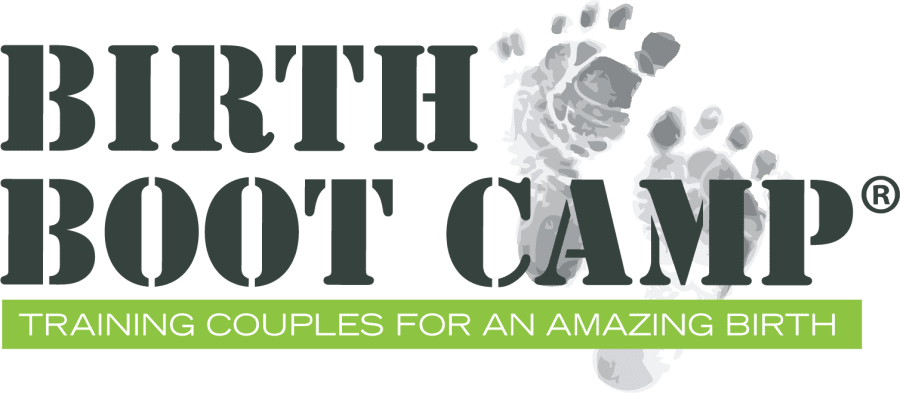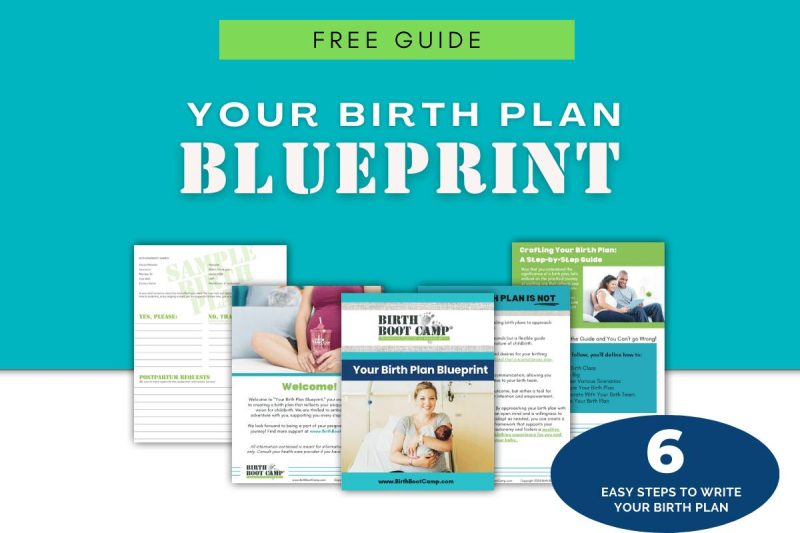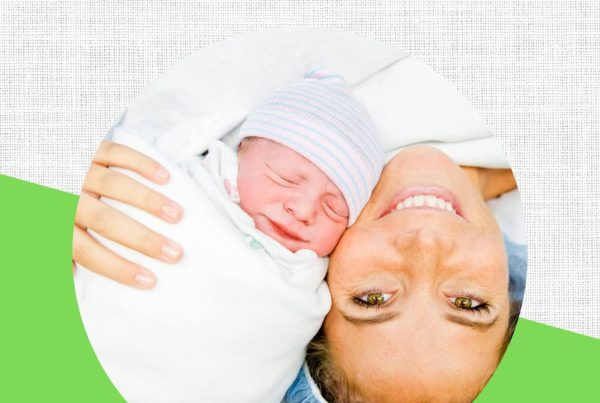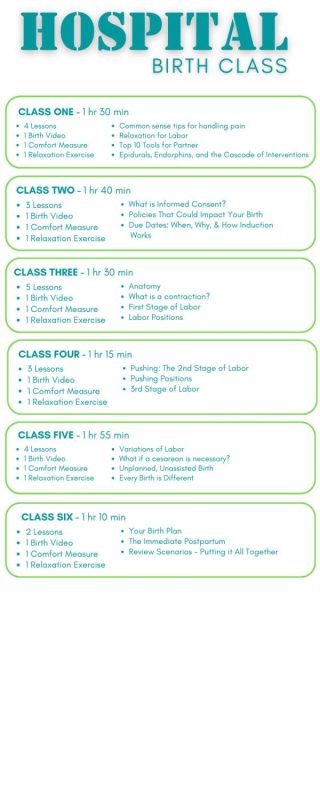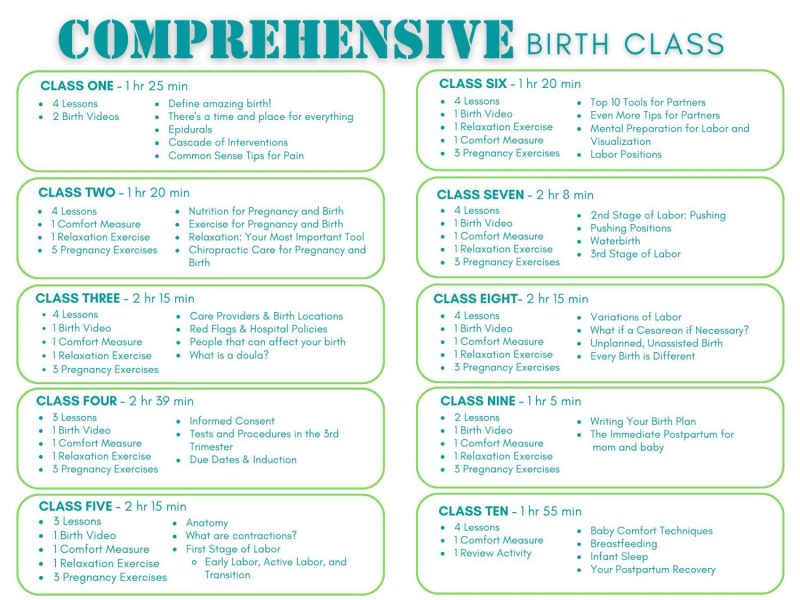Oxytocin: The Hormone of Love, Bonding, and Labor
What is Oxytocin?
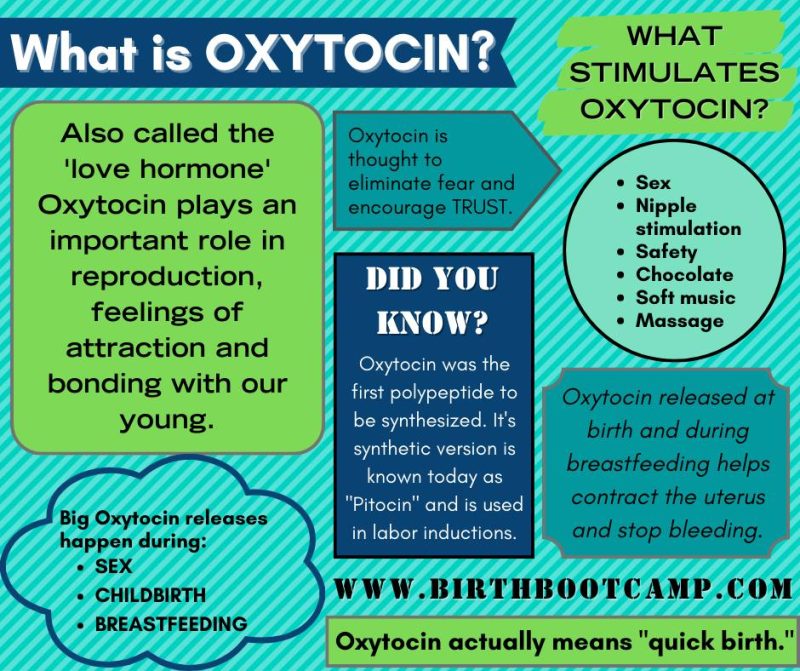
Oxytocin is an amazing little hormone. Even if you don’t know what oxytocin is, you probably notice its effects each day. Oxytocin is sometimes referred to as the “love hormone” and it has a unique role in many of life’s important events. Oxytocin is released by activities such as cuddling, nursing, massage, and lovemaking. Even hair brushing and chocolate can encourage oxytocin release. However, the largest release of this hormone is usually at the moment of birth.
The emotional and physical importance of Oxytocin
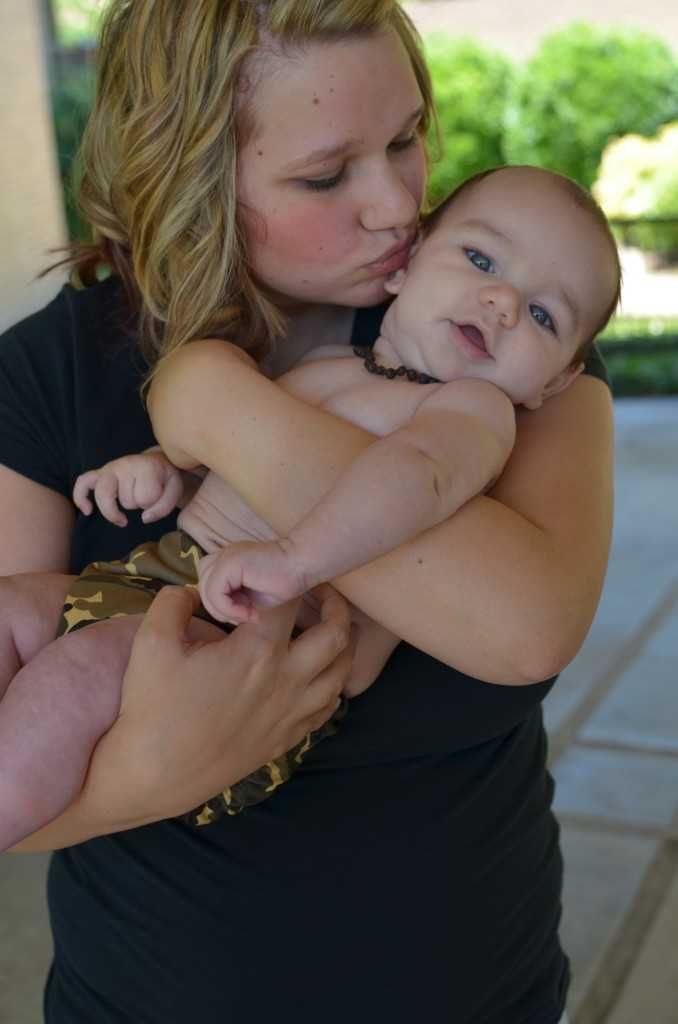
Kissing, cuddling, and nursing your baby causes the release of oxytocin and helps you love your baby more.
The impact of oxytocin is twofold. First- it has an incredible emotional impact. As you probably guessed, it is often present when we do things that have a special ability to bind us to others. Oxytocin release during nipple stimulation (such as while nursing a baby) serves to bond us powerfully to our children. The incredible oxytocin “high” that is experienced at the time of birth causes a fierce attachment to our child and an overwhelming desire to love and protect them. The emotional impact of oxytocin is powerful in romantic relationships as well as the parent/child dynamic.
Second – it has an important physical component. The surge of oxytocin causes contraction of the uterus both during labor and after the birth. This is not only beneficial, but can actually be lifesaving, as it prevents excessive blood loss.
Oxytocin and Your Labor
Imagine the typical charts of labor that you may have seen. Labor is often depicted as coming in waves or hills. Each contraction lasts for around a minute and is followed by a longer break. As time goes on, the contractions get longer and the breaks get shorter.
But what causes these rushes of contractions? What stimulates them? The answer is fairly simple- oxytocin. Produced in your brain, oxytocin is rhythmically pulsed throughout the body. This is, in part, why contractions come in waves with a break between them. (Note that a labor stimulated or sped by an IV drip of Pitocin may not follow this pattern. Pitocin is what artificial oxytocin, often delivered via an IV, is called.) Check out this blog post all about Pitocin!
It is important to understand what can stimulate oxytocin during labor (relaxation, massage, nipple stimulation), because you can use this knowledge to speed or encourage good, strong labor, if necessary. The same things that make you open to oxytocin reception and production (feeling loved, safe, and secure) can help encourage healthy labor.
Think of the uterus at the time of birth. This large, powerful, and muscular organ has been stretched to capacity to hold a full term baby. Suddenly, as the baby delivers, it is empty and must quickly shrink down to a much smaller size. Let’s not forget that the uterus, during pregnancy, has a large organ (the placenta) attached to it on the inside. Shortly after the birth of the baby, the placenta detaches and delivers. The spot of placental attachment within the uterus leaves, what really is, a large wound. This place (the spot where the placenta was attached) is where we see blood loss from at the time of birth. Learn more about how amazing your placenta is!
Now, if you have a large, stretched out organ with a large wound within it, how do we reduce the size of that wound and thus reduce subsequent blood loss? The answer is simple- we must quickly shrink the organ (the uterus) and thus the wound (the place where the placenta was attached). Oxytocin serves this special purpose. The contractions it causes (remember how strong they are at the time of birth?) help to quickly shrink the uterus and limit blood loss.
Oxytocin after the birth
As a new mom often notices, the days after birth are not without contractions. Every time a new mom nurses her baby, these post-baby contractions (often called “after-pains”) may be felt. While they may be uncomfortable, after-pains serve an important purpose – they help the uterus continue to shrink down so that mom’s blood loss is minimized.
You can see that oxytocin is important to our day to day life but particularly vital during childbearing and the years after. Oxytocin emotionally helps us feel bonded and attached to our children. It also serves to protect the life of mom by helping minimize her blood loss postpartum. There is a lot to love about the “love hormone.”
Take control of your birth experience with our Birth Plan Blueprint. Your essential guide to creating a birth plan that reflects your unique journey and vision for childbirth.
